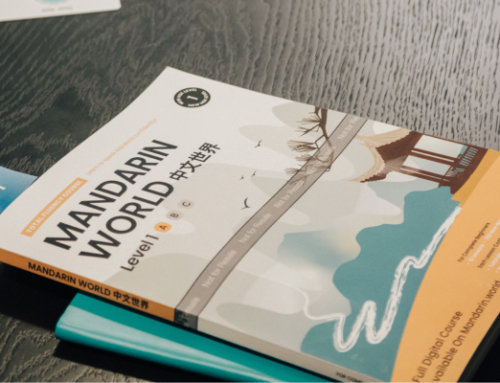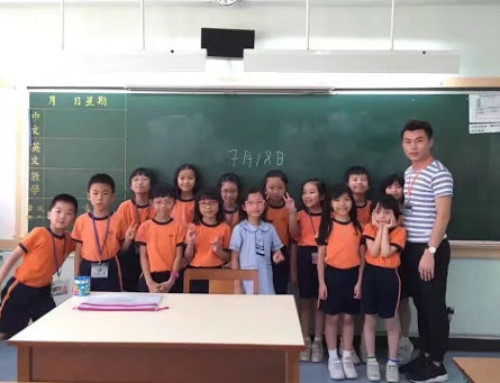Using a verb “to be” connecting an adjective: Wǒ shì shuài. 我是帅。
In Chinese, “adverb + adj” can be used as a predicate directly without adding a “be” verb. Therefore, the pattern would be “Subject + Degree Adverb + Adjective”. The correct way to say I am handsome would be: Wǒ hěn shuài 我很帅。
Wrong Pronunciation
This is probably the most common mistake among all Chinese learners, and one of the hardest to correct. Some words can sound very similar.
For example: “(lǎo bǎn 老板” means “boss.” But “lǎo bàn 老伴” means “spouse” or “husband/wife.” That could be an embarrassing mistake to make!
Perhaps the most common mistake people make is not differentiating between the “z, c, s” and “zh, ch, sh;” “-in” and “-ing;” and “l” and “r” tones. It’s a difference that depends on the positioning of your tongue and may be overlooked by students; however, the seemingly small changes can alter the entire meaning. The best way to get the correct pronunciation is constant practice with a native speaker, or by emulating a native pronunciation with an audio recording.
Skipping the measure words
To describe the specified amount of every single item in Chinese, we always need a measure word before the items after the amount. However, they may seem illogical and superfluous at first, but they really aren’t as difficult as you think. Actually, we have something quite similar in English! A sheet of paper, a blade of grass, a school of fish, and so on. This is very similar to how measure words function in Chinese.
So how can one learn them? One useful trick is to always take note of the measure word each time you come across a new noun and make a habit of reviewing the two together. For example, if you made a flashcard for the word “water” instead of just writing shuǐ 水 on the back, write Yībēi shuǐ 一杯水, or note the measure word somewhere.
Using “Hé 和” to connect sentences
The word “and” in English is very versatile, and this often causes English-speaking learners to latch on to 和 in Mandarin and use it for everything.
There’s actually a wide array of ways to express “and” in Mandarin, all of which have different uses.
The main mistake with 和 is using it to connect phrases. English sentences like “I went to the café and ordered a coffee” can’t be translated using 和 . In those cases you actually don’t need a connector at all.
Wǒ chīfàn zàijiā. 我吃饭在家。
If you would like to express that somebody does something at some places in Chinese, the correct word order would be “Subject + Place + Verb + Object” . Hence, the correct sentence should be Wǒ zàijiā chīfàn 我在家吃饭。
We hope these tips will help you avoid the 5 most common mistakes students make when starting learning Chinese! However, don’t be discouraged if you do make a mistake now and then. It’s an inevitable part of learning a new language!





